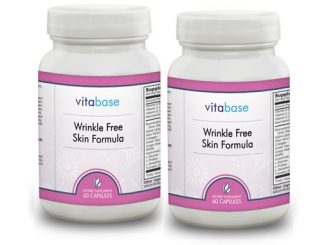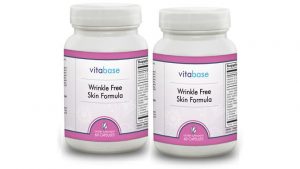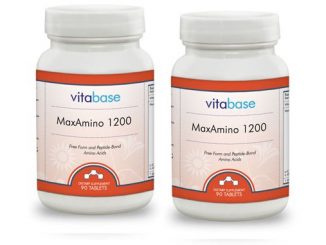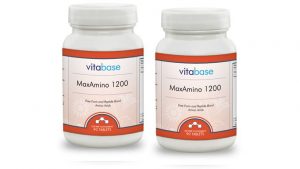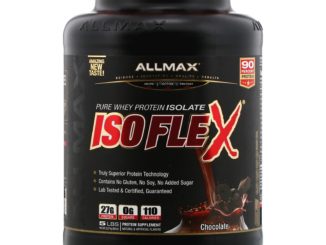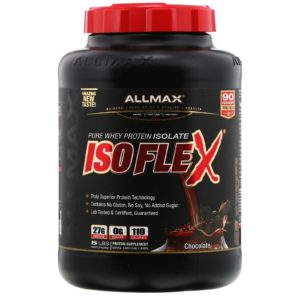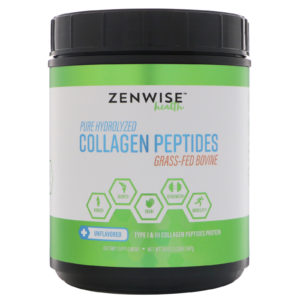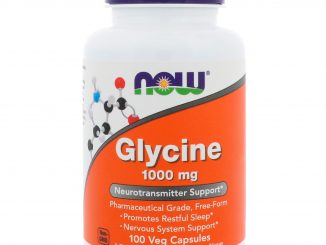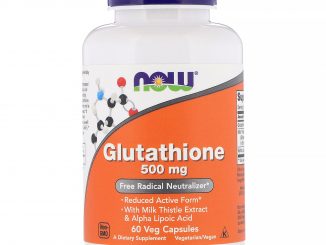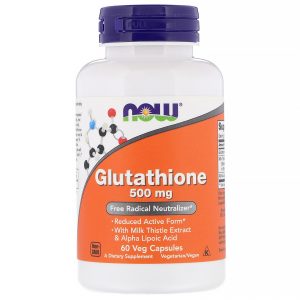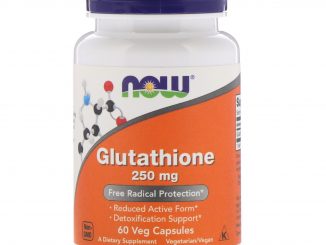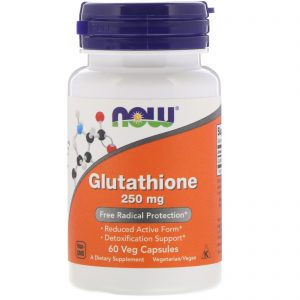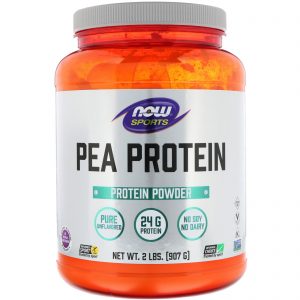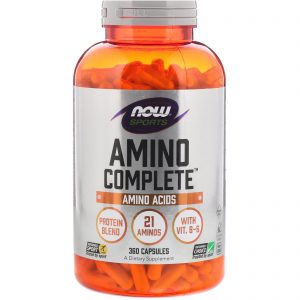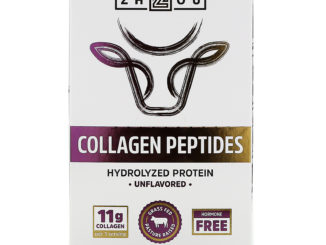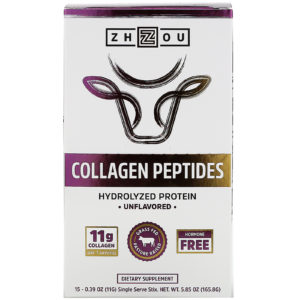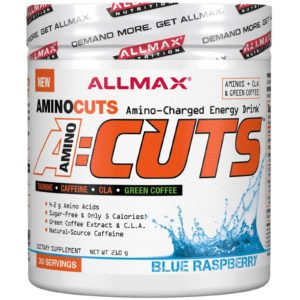The properties of L-Glycine
Glycine (symbol Gly or G; /ˈɡlaɪsiːn/) is an amino acid that has a single hydrogen atom as its side chain. It is the simplest amino acid (since carbamic acid is unstable), with the chemical formula NH2‐CH2‐COOH. Glycine is one of the proteinogenic amino acids. It is encoded by all the codons starting with GG (GGU, GGC, GGA, GGG). Glycine is integral to the formation of alpha-helices in secondary protein structure due to its compact form. For the same reason, it is the most abundant amino acid in collagen triple-helices. Glycine is also an inhibitory neurotransmitter – interference with its release within the spinal cord (such as during a Clostridium tetani infection) can cause spastic paralysis due to uninhibited muscle contraction.
Glycine is not widely used in foods for its nutrional value, except in infusions. Instead glycine’s role in food chemistry is as a flavorant. It is mildly sweet, and it counters the aftertaste of saccharine. It also has preservative properties, perhaps owing to its complexation to metal ions. Metal glycinate complexes, e.g. Copper Glycinate are used as dietary supplement.
Dietary supplementation of proper dose of glycine is effectual in treating metabolic disorders in patients with cardiovascular diseases, several inflammatory diseases, obesity, cancers, and diabetes. Glycine also has the property to enhance the quality of sleep and neurological functions(1345).


























































